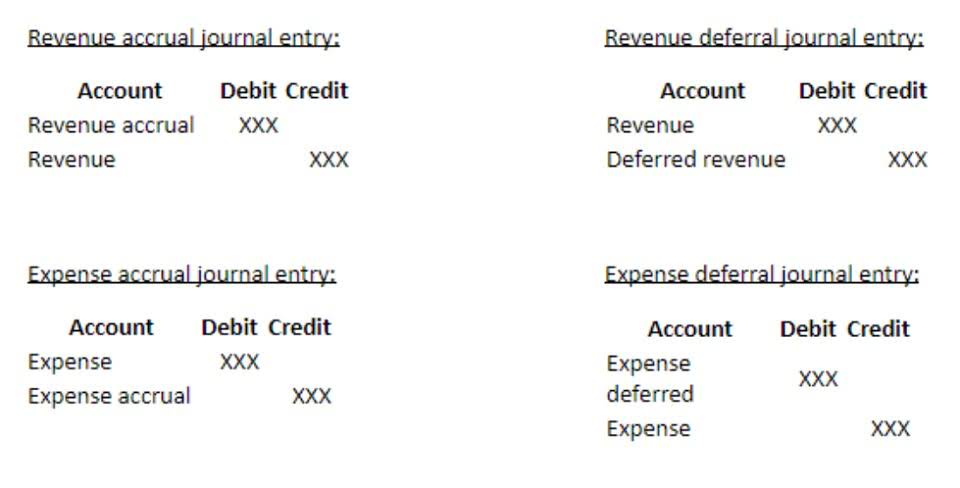Budget Reporting: The Ultimate Guide

Also, companies can ask for more flexible options for their accounts payables, which is money owed to suppliers, to help with any short-term cash-flow needs. Some industries such as nonprofits receive donations and grants resulting in a static budget from which they can’t exceed. When creating a static budget, managers use economic forecasting methods to determine realistic numbers. There are usually two columns listed side by side for the budgeted numbers and the actual performance results for the period. Favorable variances occur when the actual numbers are better than the budgeted numbers. By following a few basic best practices, small business owners, CFOs, and the finance teams they lead can streamline and strengthen their budget reporting and forecasting.

Don’t Overlook Software Spending
This kind of bottom-up budgeting can be a highly effective way to “shake things up”. Budgeting isn’t an exact science, so be ready to make changes over time. Doing a budget analysis gives you the opportunity to go over the cash flowing in and out of your business so you don’t wait until it’s too late to make changes. By regularly analyzing where revenue and expenditure differ from projected figures, you gain a better understanding of how your business financials really work. In an ideal world, you’d create budgets that are as accurate as possible, and reflect the actual income and expenses for the period for which they are created. This is where you use charts, graphs, tables, or other visual aids to present your data and insights in a clear and engaging way.
Founder Story: How a Passion for the Startup Community Led Rami Essaid to Create Finmark
Once you have defined your budget objectives and priorities, you need to estimate your income and expenses for the next period. Your income should include all the sources of revenue that you expect to receive, such as sales, grants, donations, fees, etc. Your expenses should include all the costs that you expect to incur, such as salaries, rent, utilities, supplies, etc.

Strategic Budgeting: What Is It, Process, and Best Practices
Since flexible budgets use the current period’s numbers—sales, revenue, and expenses—they can help create forecasts based on multiple scenarios. Companies can calculate various outcomes based on different outputs, such as sales or units produced. Flexible or variable budgets help managers plan for both low output and high output to help ready themselves regardless of the outcome. The final step is to organize and format the data in a way that is easy to understand and analyze. You can use a spreadsheet software, such as Excel, to create a budget worksheet that contains the budget categories, the historical data, the budget data, and the variance between them. You can also use formulas, functions, charts, graphs, and tables to perform calculations, comparisons, and visualizations of your budget data.
Select the Project Status Report
- Depending on your purpose and audience, you may need to adjust the level of detail, the format, the tone, and the language of your report.
- This is the process of comparing the actual results of your budget with the planned or expected results.
- There are almost always unexpected expenses, costs, etc., which will impact your budget.
- Your budget priorities should reflect the most important and urgent areas that you need to focus on and invest in.
- Periodically re-conducting the budget variance analysis can help you track progress and adjust your strategies.
One area of special importance for such businesses is budget reporting and forecasting. You can use tools such as the budget report, the dashboard, or the scorecard to help you communicate and monitor your budget goals. You should also review and update your budget explain why different budget report formats are useful. regularly to reflect any changes in your situation, performance, or expectations. Stephen is Cledara’s in-house Finance Manager who thrives in businesses with fast-paced growth. Outside of work, football and American football are his favourite pastimes.
Make Budget Variance Analysis Easy with the Right Tools
A business can’t ignore the economic landscape and expect to survive, rather, regular budget reports help you stir your business through the choppy waters of the industry. Our team of experts will show you how easy it is to perform a budget variance analysis accurately so that you can stay on top of your finances and maximize profits. The first step in performing a budget variance analysis is gathering data.
Zero-Based Budgeting 101: A Beginner’s Guide
Departmental expenses refer to specific costs incurred by departments within the company. Since each department has its own priorities and goals, budget allocation will vary from one another. If you’re having trouble determining whether your company’s budget is appropriately allocated, a budget report may be just what you need.
- Typically, fixed costs do not differ between static and flexible budgets.
- Outside of work, football and American football are his favourite pastimes.
- Aside from these four types of budget reports, there are also other budget reports that businesses can use depending on their specific needs.
- Variance analysis assumes that the budgeting assumptions made at the beginning of the period are still valid at the end of the period.
- When performing a budget variance analysis, it’s important to note whether the variance is favorable or unfavorable.
This compares actual financial results to the budgeted amounts, and can help you identify areas where your business is performing better or worse than expected. This information can be used to make adjustments to your budget and improve your business’s financial performance in the future. Budgeting and forecasting are essential skills for any business or organization, but they are not enough without clear and concise reporting. Budget reports help you communicate your financial performance, goals, and challenges to various stakeholders, such as managers, investors, or donors.
Beyond AI – Discover our handpicked BI resources

One of the main objectives of a budget report is to compare the actual results with the planned or forecasted figures, and to explain the causes and effects of the variances. You should provide a clear and concise explanation of why the variances occurred, how they impact the budget objectives, and what actions you have taken or recommend to address them. You should also categorize the variances as favorable or unfavorable, and as controllable or uncontrollable, to help your audience understand the level of responsibility and risk involved.
- This is why we suggest implementing a SaaS management tool to manage your subscription spending.
- Thus, software spending is growing in many companies, becoming the second largest expenditure.
- Your recommendations should be clear and concise, and should motivate your reader to take action.
- In this section, we will discuss how to set realistic and achievable goals for your budget from different perspectives, such as financial, operational, and strategic.
- Businesses can use accounting software to automate many of the steps involved in creating budget reports, including data collection, organization, and analysis.
- We’ll explain how to make a budget report later, but if you want to get a high-level view of your spending at any time, use our live dashboard.



